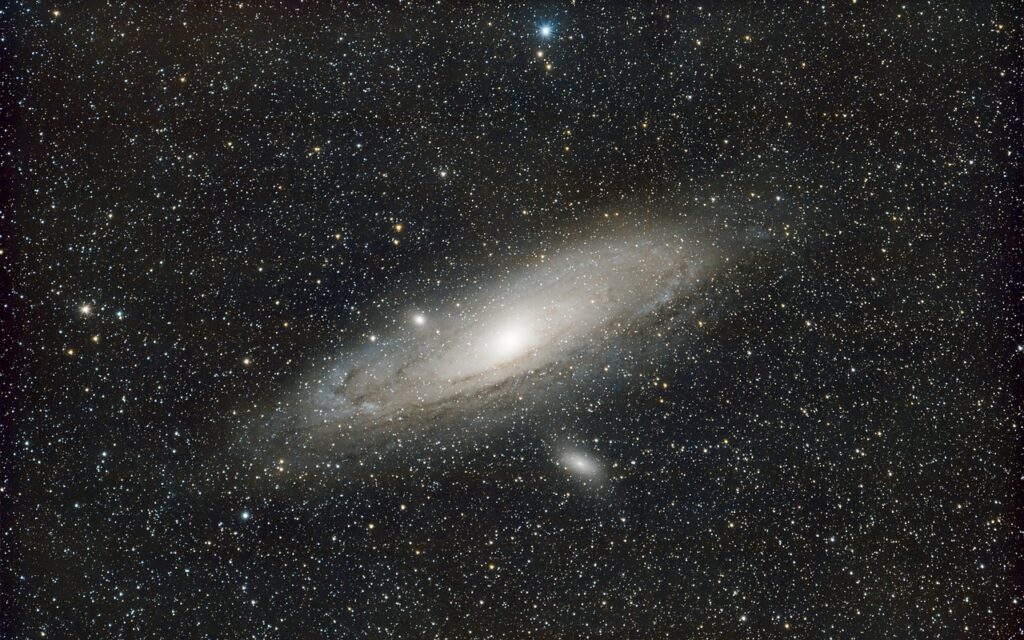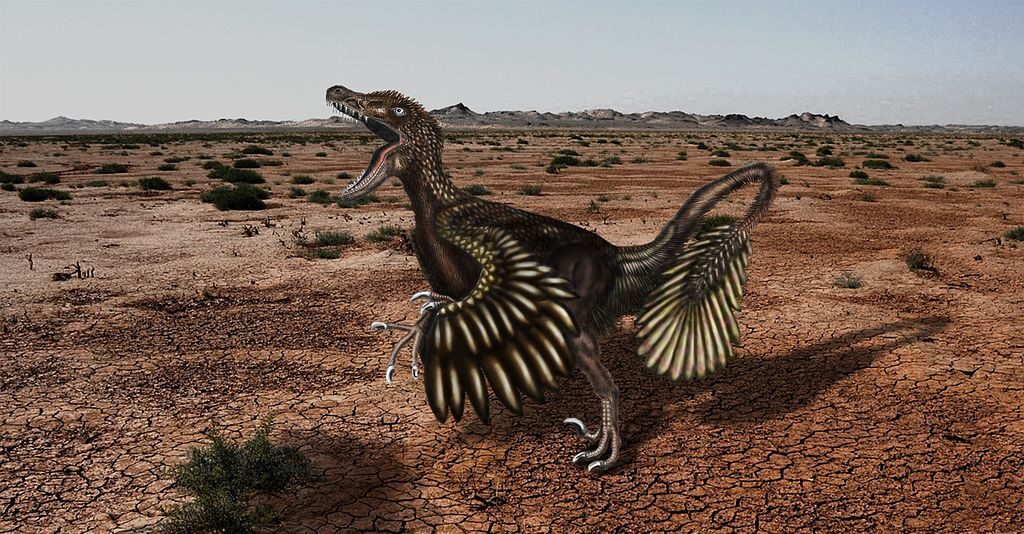When you gaze up at the night sky, you’re not just looking at distant stars—you’re peering into the past. This isn’t some mystical concept or philosophical metaphor; it’s a fundamental truth about how light and time work together in our universe. Every photon that reaches your eyes has been traveling for years, decades, or even billions of years to get here. The light from the Sun takes about 8 minutes to reach Earth, meaning you’re seeing the Sun as it was 8 minutes ago. But that’s just the beginning of this cosmic time travel story.
The Speed of Light: Nature’s Ultimate Speed Limit

Light travels at approximately 299,792,458 meters per second in a vacuum, a speed so fundamental to physics that it’s considered a universal constant. This might seem incredibly fast—and it is by human standards—but the universe is so vast that even light takes considerable time to cross cosmic distances. When astronomers measure distances in space, they often use light-years, which is the distance light travels in one year: about 9.46 trillion kilometers.
This speed limit means that information about distant objects can only reach us as fast as light can travel. There’s no way to see something happening in real-time if it’s far away because the electromagnetic radiation carrying that information is bound by this cosmic speed limit. It’s like watching a movie that was filmed years ago—you’re seeing events that already happened, frozen in time by the journey light must take to reach you.
Your Backyard Telescope: A Window to Yesterday
Even the most casual stargazing reveals this time-travel effect. The North Star, Polaris, is about 433 light-years away, meaning the light you see tonight left that star during the late 1500s, around the time Shakespeare was writing his plays. Alpha Centauri, our nearest stellar neighbor, shows us what was happening there 4.37 years ago.
Consider the bright star Betelgeuse in the constellation Orion. When you look at this red supergiant, you’re seeing light that began its journey roughly 640 years ago, during the time of the Black Death in Europe. If Betelgeuse exploded tomorrow, we wouldn’t know about it for another 640 years because the light from that explosion would take that long to reach us.
The Cosmic Distance Ladder: Measuring the Immeasurable

Astronomers have developed ingenious methods to measure distances across the universe, creating what’s known as the cosmic distance ladder. For nearby objects, they use parallax—the apparent shift in position as Earth orbits the Sun. For middle distances, they rely on standard candles like Cepheid variable stars, which have a known relationship between their brightness and pulsation period.
For the most distant objects, scientists use Type Ia supernovae, which explode with remarkably consistent brightness. These cosmic lighthouses allow us to measure distances to galaxies billions of light-years away. Each rung on this ladder extends our ability to look deeper into space and further back in time, revealing the universe’s history layer by layer.
The Andromeda Galaxy: A 2.5-Million-Year Journey

The Andromeda Galaxy, our nearest major galactic neighbor, provides a stunning example of cosmic time travel. Located about 2.5 million light-years away, the light we see from Andromeda tonight began its journey when early human ancestors were just learning to use stone tools. The galaxy we observe is a snapshot of how it appeared during the Pliocene epoch, when the Earth was warmer and very different from today.
What makes this even more remarkable is that Andromeda and the Milky Way are moving toward each other. In about 4.5 billion years, they’ll collide and merge. But the light we see now shows us Andromeda as it was millions of years ago, not as it is today in its slow dance toward our galaxy.
The Hubble Deep Field: Archaeology of the Cosmos
In 1995, the Hubble Space Telescope pointed at what seemed like an empty patch of sky for 10 consecutive days, collecting every photon of light it could gather. The resulting image, known as the Hubble Deep Field, revealed thousands of galaxies in a region of space no bigger than a grain of sand held at arm’s length. Many of these galaxies were so distant that we were seeing them as they appeared billions of years ago.
This image was like cosmic archaeology, revealing galaxies in their youth when the universe was only a fraction of its current age. Some of the most distant objects in the image show us the universe as it was when it was less than a billion years old—a time when galaxies were smaller, more irregular, and actively forming stars at incredible rates.
The Cosmic Microwave Background: Echo of the Big Bang
The most distant thing we can observe isn’t a galaxy or star—it’s the cosmic microwave background (CMB), the afterglow of the Big Bang itself. This radiation comes from about 380,000 years after the Big Bang, when the universe had cooled enough for atoms to form and light to travel freely for the first time. The CMB shows us the universe as it appeared 13.8 billion years ago, when it was just a hot, dense soup of particles.
This ancient light fills the entire universe, carrying information about the conditions that existed when the cosmos was incredibly young. By studying tiny variations in the CMB’s temperature, scientists can learn about the seeds that eventually grew into the galaxies and galaxy clusters we see today. It’s like having a baby picture of the entire universe.
Redshift: The Universe’s Doppler Effect

As light travels through the expanding universe, something fascinating happens—it gets stretched. This phenomenon, called redshift, occurs because the space through which light travels is expanding, making the wavelengths longer and shifting them toward the red end of the spectrum. The more distant an object, the more its light is redshifted, providing astronomers with a powerful tool for measuring cosmic distances.
Think of it like the sound of an ambulance siren changing pitch as it moves away from you, except this stretching happens to light waves crossing billions of light-years of expanding space. Objects with higher redshifts are not only farther away but also appear as if they were earlier in the universe’s history. The most distant galaxies we can see have redshifts so high that their ultraviolet light has been shifted into the infrared spectrum.
The Observable Universe: Our Cosmic Horizon
There’s a limit to how far we can see into the universe, not because space ends, but because light has only had a finite time to travel since the Big Bang. This boundary, called the cosmic horizon, represents the edge of the observable universe. Currently, we can see objects whose light has been traveling for about 13.8 billion years, though due to the expansion of space, these objects are now about 46.5 billion light-years away.
Beyond this horizon lies the unobservable universe, regions of space whose light hasn’t had time to reach us yet. As time passes, our observable universe will grow, revealing new regions of space that are currently beyond our cosmic horizon. It’s like standing on a mountaintop as the fog slowly lifts, revealing more of the landscape below.
Galaxy Evolution: Watching Cosmic Cities Grow

By observing galaxies at different distances—and therefore different times in the past—astronomers can piece together how these cosmic cities have evolved over billions of years. Distant galaxies appear smaller, more chaotic, and filled with young, hot stars. They’re actively forming new stars at rates far higher than we see in nearby galaxies today.
Closer galaxies, which we see as they were more recently, appear larger and more organized, with well-defined spiral arms or smooth elliptical shapes. Many have exhausted much of their star-forming gas and contain mostly older, cooler stars. This cosmic time-lapse reveals the life cycle of galaxies, from their turbulent youth to their more sedate middle age.
The First Stars: Cosmic Pioneers
The James Webb Space Telescope, with its unprecedented infrared vision, is pushing our ability to see into the past even further. It’s designed to observe the first stars and galaxies that formed after the Big Bang, during a period called the Cosmic Dark Ages. These primordial objects, made entirely of hydrogen and helium, were the universe’s first light sources after the CMB.
These ancient stars were likely much more massive than stars today and burned through their nuclear fuel quickly, ending their lives in spectacular explosions that scattered heavier elements throughout space. By studying these cosmic pioneers, we’re learning about the universe’s transition from a simple, uniform beginning to the complex, element-rich cosmos we see today.
Time Dilation: Einstein’s Cosmic Complication

Einstein’s theory of relativity adds another layer to our cosmic time travel story. Time passes differently depending on your speed and the strength of gravity around you. For objects moving at high speeds or in strong gravitational fields, time slows down relative to a stationary observer. This means that the “ages” we calculate for distant objects are slightly different from what we might expect.
Near black holes, where gravity is extreme, time dilation becomes significant. Light from matter falling into a black hole becomes redshifted not just by the expansion of space, but also by the intense gravitational field. This gravitational redshift means we’re seeing these events in extreme slow motion, frozen at the event horizon from our perspective.
The Future of the Past: What Tomorrow’s Telescopes Will Reveal

Future telescopes promise to push our time-travel capabilities even further. The Extremely Large Telescope, with its 39-meter mirror, will be able to see individual stars in nearby galaxies and study the atmospheres of exoplanets. Even more ambitious projects, like space-based interferometers, could potentially image the surfaces of planets around nearby stars.
These technological advances will allow us to explore the universe’s history in unprecedented detail, potentially revealing the formation of the first planets, the emergence of complex chemistry in space, and perhaps even signs of life in distant worlds. Each new generation of telescopes extends our cosmic time machine, revealing more of the universe’s hidden past.
The Paradox of Looking Back

The deeper we look into space, the more we realize that everything we see is history. The universe we observe is a patchwork of different times, with nearby objects showing us the recent past and distant objects revealing the ancient cosmos. This creates a strange paradox: to study the universe’s youth, we must look at its most distant regions.
This cosmic archaeology reveals that the universe has been constantly changing and evolving. The early universe was a very different place—hotter, denser, and filled with younger, more active galaxies. Understanding this evolution helps us predict what the universe might look like in the future, even though we can only observe its past.
Our Place in Cosmic Time

When you consider that light from distant galaxies has been traveling for billions of years to reach your eyes, it puts our existence into a humbling perspective. We’re not just observers of the universe—we’re participants in its ongoing story. The atoms in our bodies were forged in the hearts of ancient stars, and the light we see tonight began its journey long before Earth even existed.
This cosmic time travel reminds us that we’re connected to the universe’s entire history. Every photon that reaches us carries information about the past, making us witnesses to events that happened across vast periods and space. Looking at the night sky is like reading the universe’s autobiography, written in light across billions of years.
Conclusion

The universe truly is a time capsule, preserving the history of cosmic evolution in the light that surrounds us. From the afterglow of the Big Bang to the light of distant galaxies, every observation takes us on a journey through time. This fundamental aspect of astronomy means that the farther we look, the older the universe gets, turning every telescope into a time machine and every astronomer into a cosmic archaeologist. What mysteries from the universe’s past will we uncover next?




